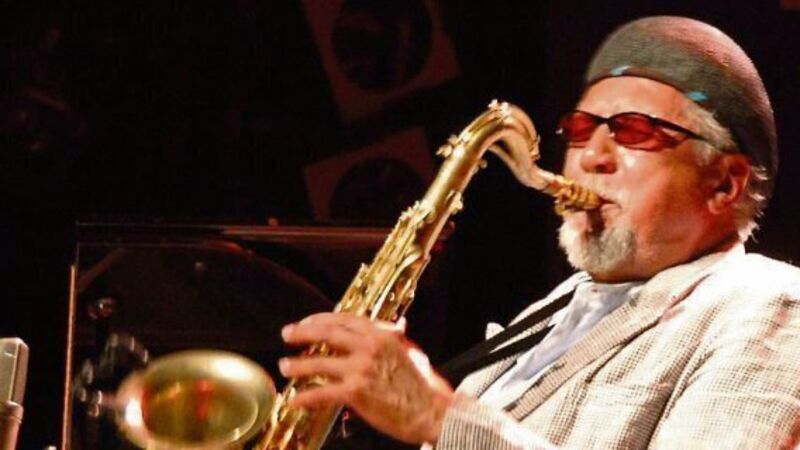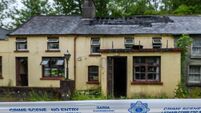Charles Lloyd is still searching for the perfect note

CHARLES LLOYD has more to look back on than most musicians: early days with Chico Hamilton and Cannonball Aderley, and his own first great quartet, comprising Keith Jarrett, Cecil McBee and Jack DeJohnette.
But it’s typical of this forward-looking saxophonist that he comes to Dublin next week with a group called the New Quartet: Gerald Clayton on piano, Joe Sanders on bass and the great Eric Harland on drums.











